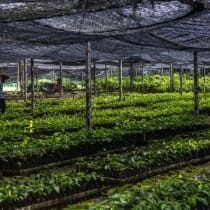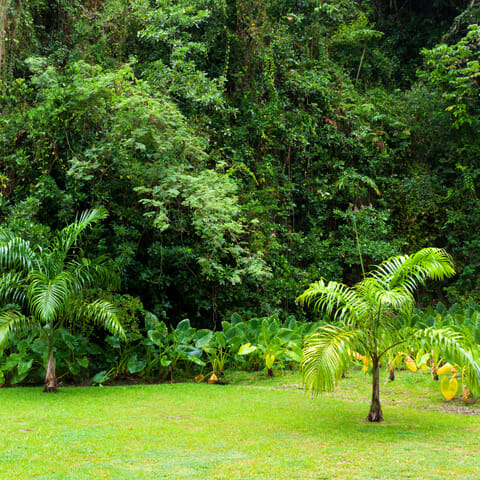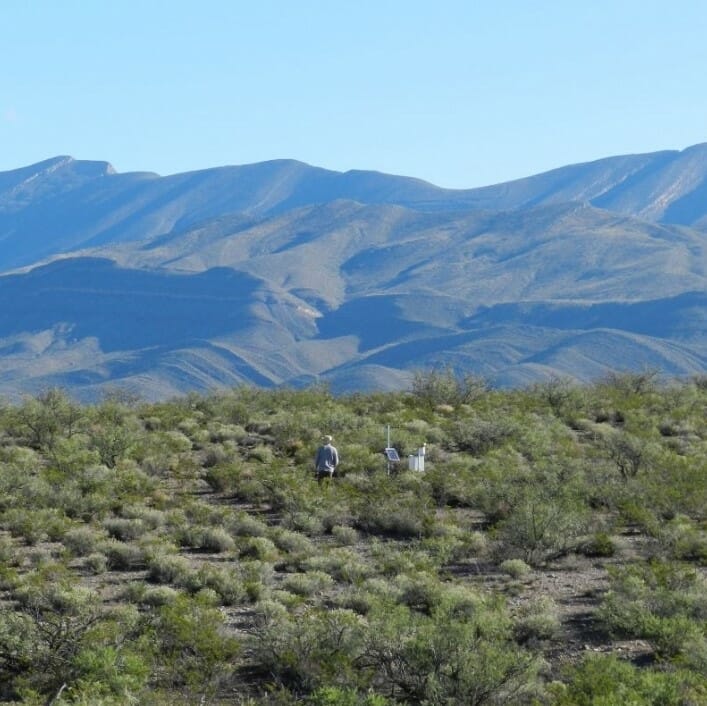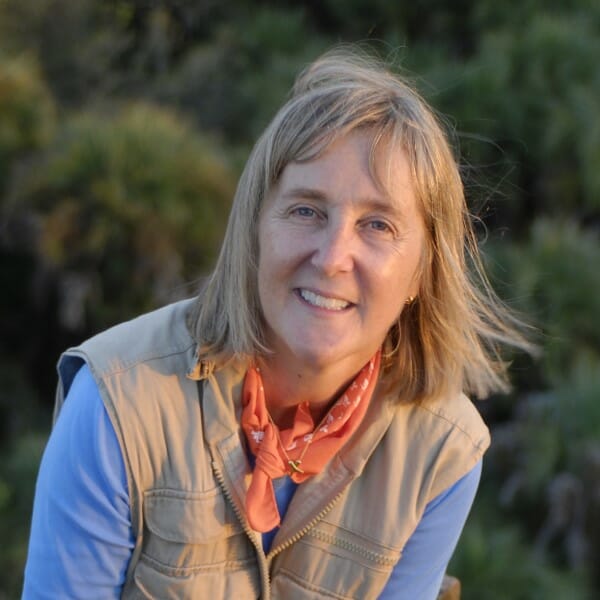Restoring degraded tropical forests generates big carbon gains
sdg15-life-on-land

Restoring degraded tropical forests generates big carbon gains
An international team of scientists from 13 institutions, including researchers from the Arizona State University Center for Global Discovery and Conservation Science, has provided the first long-term comparison of aboveground carbon recovery rates between naturally regenerating and actively restored forests in Southeast Asia. The researchers found that restoration practices improved carbon storage recovery by more than 50% compared to natural regeneration.

New study, reforesting tropics essential for biodiversity conservation
In partnership with Conservation International and the Global Trophic Cascades Program at Oregon State University, the ASU Center for Biodiversity Outcomes published a new study in Conservation Biology revealing the

Vegetation shifts can outweigh climate change in desert rangelands
Grasslands across the globe, which support the majority of the world’s grazing animals, have been transitioning to shrub lands in a process that scientists call “woody plant encroachment.” Managed grazing

Byck documentary series Carbon Cowboys hits the web
In his series, Byck details the farming technique known as regenerative grazing, which involves quickly rotating cattle from pasture to pasture, before they can damage the land.

Wrigley Lecture rebroadcast: CanopyMeg Lowman
Lowman is a pioneer in treetop science. She gives a fascinating presentation on canopy exploration, inclusivity in science, and how her work can create sustainable practices on local and global scales.

ASU expert proposes a biodiversity-focused solution to prevent zoonotic diseases
COVID-19 may have jumped from a wild animal market in Wuhan, China, to people. If so, it’s not the first deadly disease to spring from nature. Middle East respiratory syndrome

A project drawdown for biodiversity
An Ensia opinion article by ASU Center for Biodiversity Outcomes Founding Director Leah Gerber was published on the 50th anniversary of Earth’s Day, identifying viable solutions to combat biodiversity loss through Project Drawdown. Project

COVID-19 linked to environmental degradation
Leah Gerber recommends solutions to combat future infectious diseases and predicts that if we do not enforce action to alleviate environmental degradation, pandemics will occur more frequently around the globe.
MSUS student travels to Senegal to help workshop locust booklets
This article was written by William H. Walker VI, a sophomore in the School of Sustainability. Edited December 2, 2020 by Alana Burnham. From left to right: Team members Fatou

NSF CAREER awarded to Arianne Cease
Most CAREER awards are given on second or third submissions. For Cease, the third submission was the charm. Junior faculty interested in applying for a CAREER award should contact the Global Futures Laboratory Research Development Office.

Locust plagues are devastating countries across Africa
Right now, there are hundreds of billions of locusts wreaking havoc on vegetation across Africa. Experts are sounding the alarm, including United Nations humanitarian chief Mark Lowcock, who said the

Current locust swarms emphasize the importance of GLI researchers
Pakistan. Somalia. Ethiopia. Kenya. Locust swarms of near biblical proportions are currently wreaking havoc across a wide swath of southwest Asia and east Africa. According to the United Nations, the